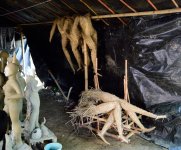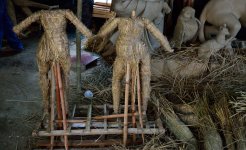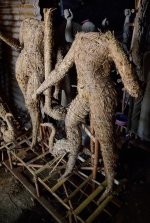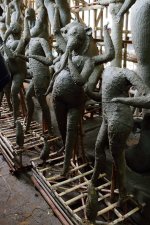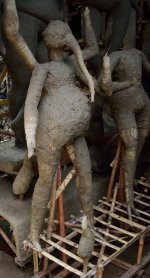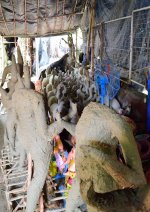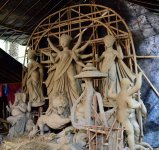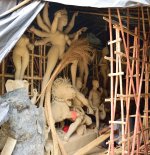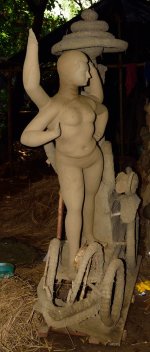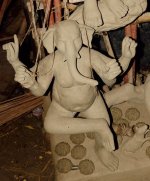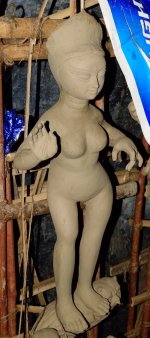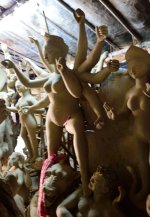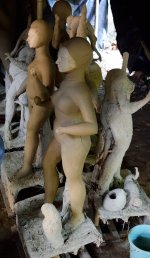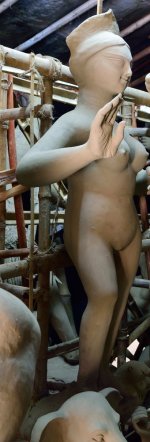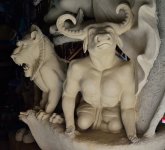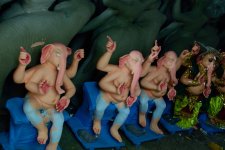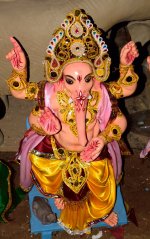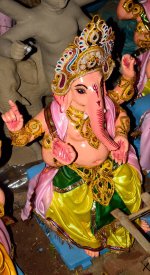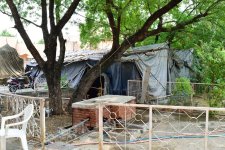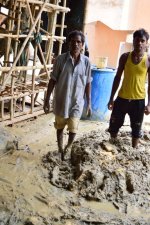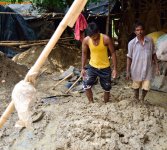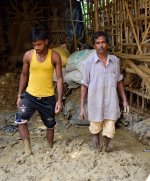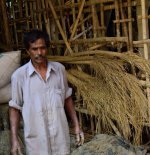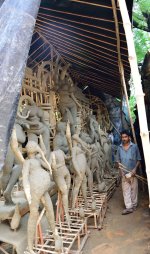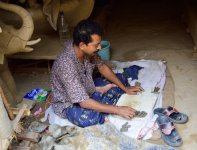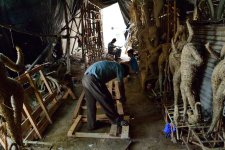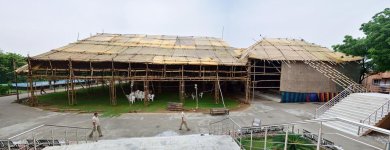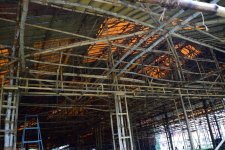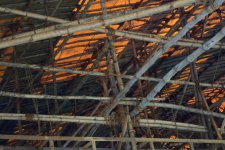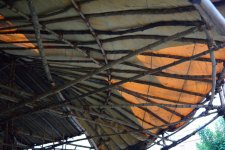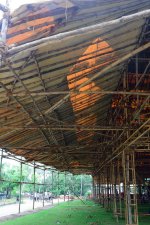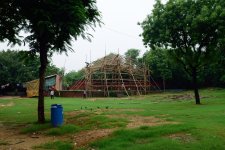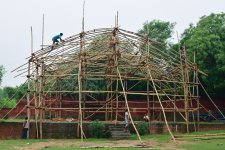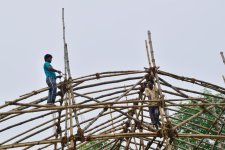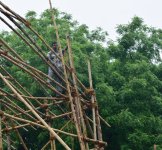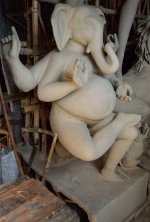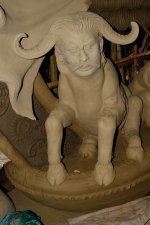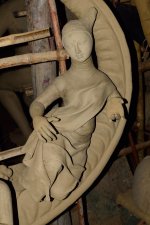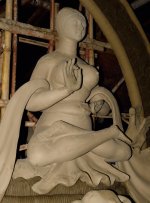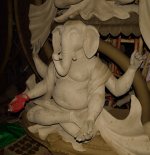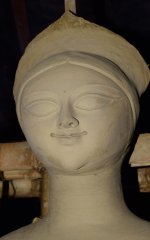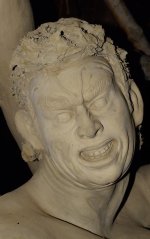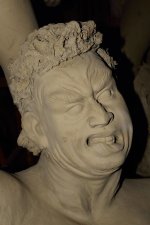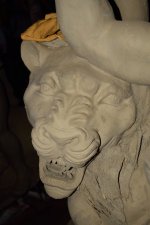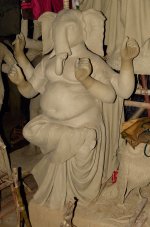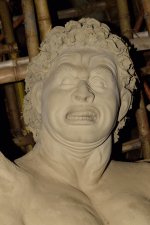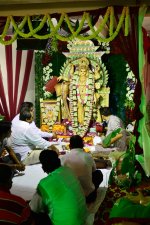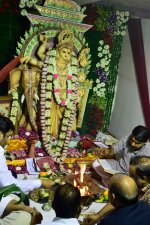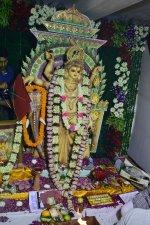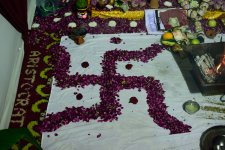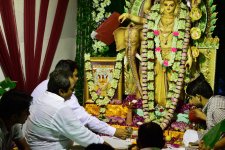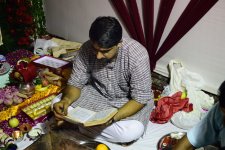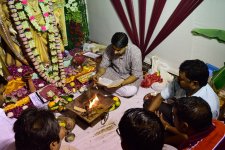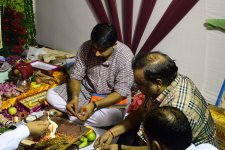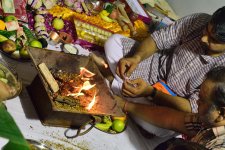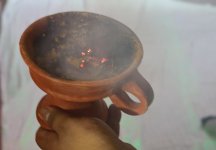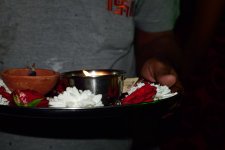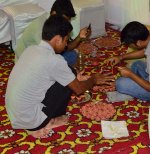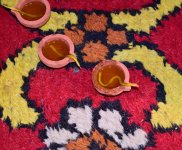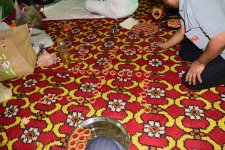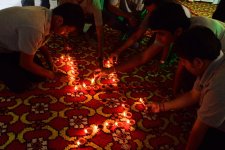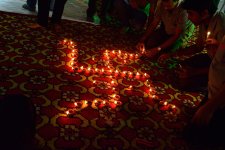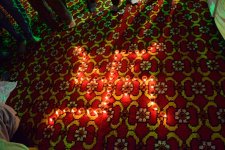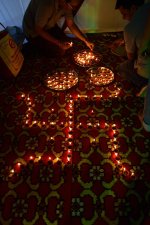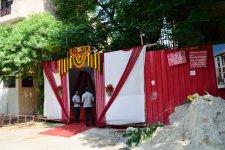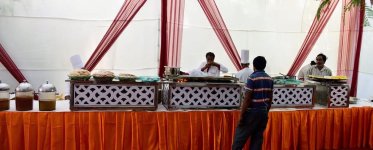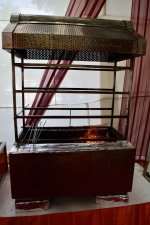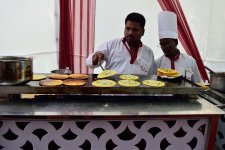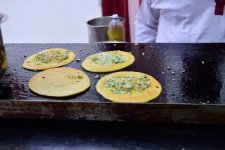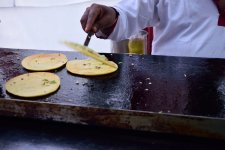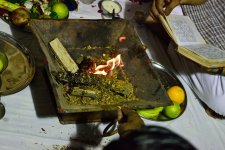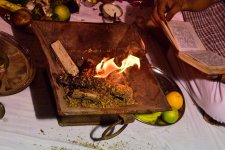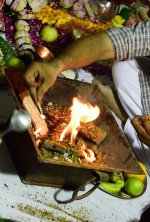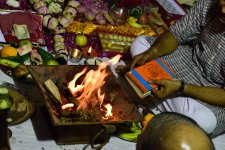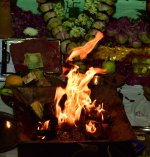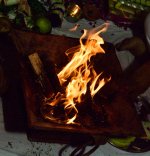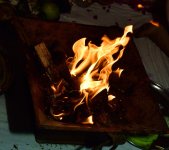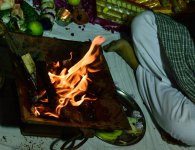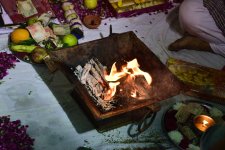Background
The Hindu religious calendar is Moon based - months start at new moon. Unlike the Muslim calendar which does not take into account the difference between Solar and Lunar cycles, for administrative purpose the Hindu calendar adjusts the difference, so that the new year is on the same day as reckoned by the Solar calendar. The religious days are still based on the lunar calendar, but because they are based on the new moon, the religious dates will vary, based on lunar cycle. So dates may upto one lunar month - 28 days.
There are a large number of Hindu festivals celebrated in India, some are pan Indian and some are confined to a particular region. Durga Puja is festival primarily celebrated in Eastern Region of India - Bengal, Orissa and Assam etc. As people from these regions have spread to all across India; and the world; where ever there are is substantial population there will be a Durga Puja celebration.
The festive season starts on the day after new moon in the month of Ashvin, which this years starts 25th September. This marks the beginning of Navaratra - nine days of festivities, culminating in Dussehra. As per Hindu tradition these are days of abstention, so many believers are vegetarian and teetotalers. Durga Puja starts on the sixth day and ends on the last day of Navaratra.
Preparations
Durga Puja celebration has slowly evolved from a festival celebrated at home, to huge public endeavors. The reason is that as people have migrated from villages, there are not enough relatives and infrastructure for a family affairs, so a cooperative effort by all in a colony is the way to go.
I live in a colony which was started for those who were displaced from East Pakistan (now Bangladesh) during partition of India in 1947. So it is a predominantly Bengali colony, and Durga Puja being the primary Bengali festival is celebrated with a lot of pomp and show. The number of distinct Puja locations has increased from on in 1970, to over 20 today.
In this thread I will trace the startup activities and then when the Puja starts the atmosphere. This post will be about the preparations carried out in the Shiv Mandir Complex of the colony.
1. The Pandal.
The Puja celebration is attended by thousands of people here, so a Pandal (large Tent like structure) is erected. It has a bamboo structure, and traditionally no nails are used to erect it. Coir ropes are all that is needed to bind the bamboo into a strong hurricane resistant structure.
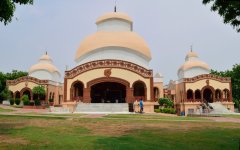
The Shiv Mandir complex. This a view from the rear side. The Pandal is being erected on the front side.
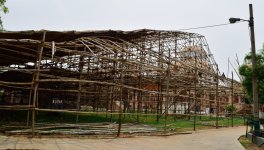
View of the bamboo structure
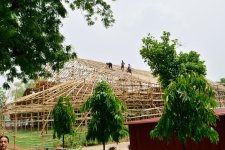
Workers erecting the roof
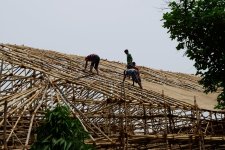
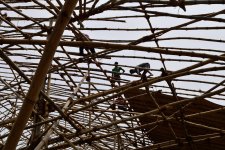
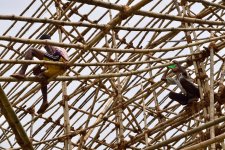
Close up of workers on the roof
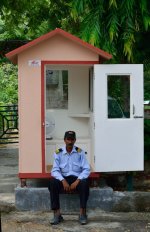
New Porta Cabin, as a part of the security arrangements.
The Hindu religious calendar is Moon based - months start at new moon. Unlike the Muslim calendar which does not take into account the difference between Solar and Lunar cycles, for administrative purpose the Hindu calendar adjusts the difference, so that the new year is on the same day as reckoned by the Solar calendar. The religious days are still based on the lunar calendar, but because they are based on the new moon, the religious dates will vary, based on lunar cycle. So dates may upto one lunar month - 28 days.
There are a large number of Hindu festivals celebrated in India, some are pan Indian and some are confined to a particular region. Durga Puja is festival primarily celebrated in Eastern Region of India - Bengal, Orissa and Assam etc. As people from these regions have spread to all across India; and the world; where ever there are is substantial population there will be a Durga Puja celebration.
The festive season starts on the day after new moon in the month of Ashvin, which this years starts 25th September. This marks the beginning of Navaratra - nine days of festivities, culminating in Dussehra. As per Hindu tradition these are days of abstention, so many believers are vegetarian and teetotalers. Durga Puja starts on the sixth day and ends on the last day of Navaratra.
Preparations
Durga Puja celebration has slowly evolved from a festival celebrated at home, to huge public endeavors. The reason is that as people have migrated from villages, there are not enough relatives and infrastructure for a family affairs, so a cooperative effort by all in a colony is the way to go.
I live in a colony which was started for those who were displaced from East Pakistan (now Bangladesh) during partition of India in 1947. So it is a predominantly Bengali colony, and Durga Puja being the primary Bengali festival is celebrated with a lot of pomp and show. The number of distinct Puja locations has increased from on in 1970, to over 20 today.
In this thread I will trace the startup activities and then when the Puja starts the atmosphere. This post will be about the preparations carried out in the Shiv Mandir Complex of the colony.
1. The Pandal.
The Puja celebration is attended by thousands of people here, so a Pandal (large Tent like structure) is erected. It has a bamboo structure, and traditionally no nails are used to erect it. Coir ropes are all that is needed to bind the bamboo into a strong hurricane resistant structure.

The Shiv Mandir complex. This a view from the rear side. The Pandal is being erected on the front side.

View of the bamboo structure

Workers erecting the roof



Close up of workers on the roof

New Porta Cabin, as a part of the security arrangements.

